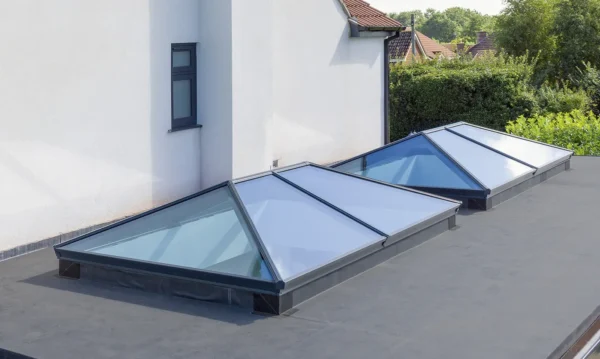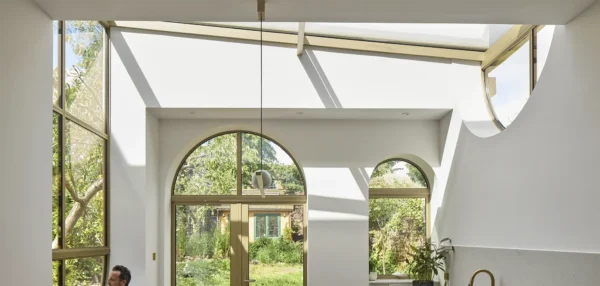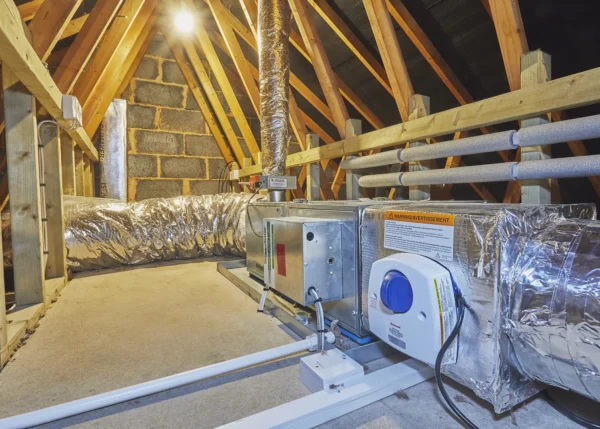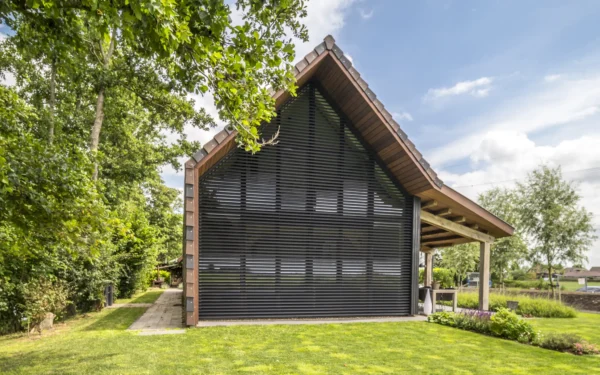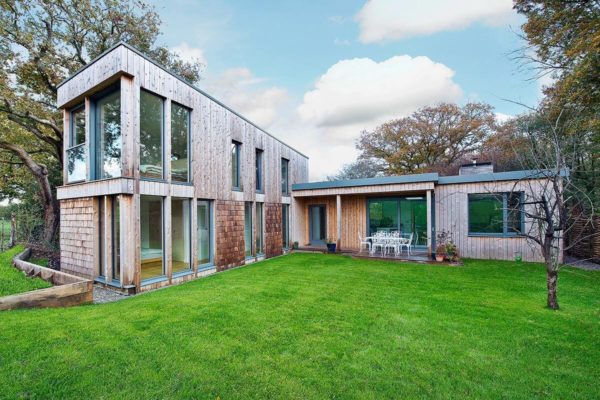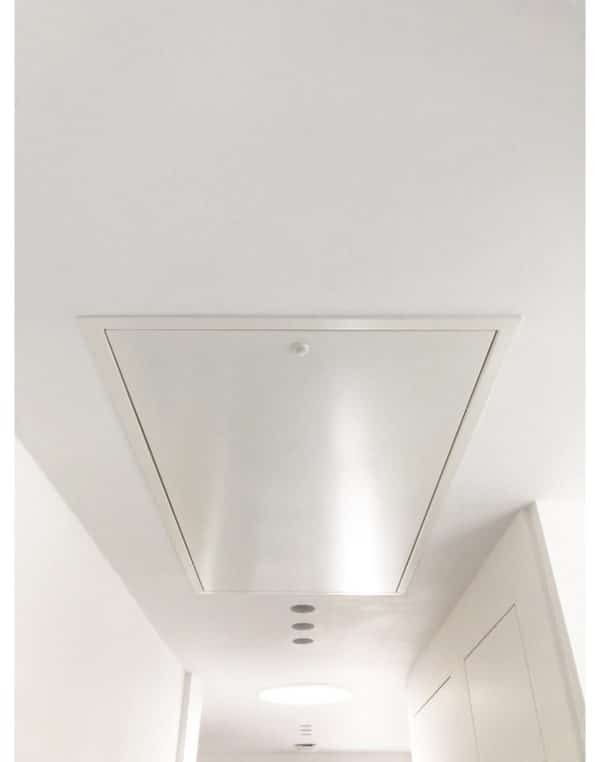Windows for Passivhaus Homes
A key focus for many self-builders is to create a comfortable, low-energy and low-bills home that’s well-insulated against the ever-rising cost of utilities.
Getting this right relies on a range of design and construction factors – but the key piece of the puzzle is to take a fabric first approach that seeks to minimise energy usage, rather than simply bolting on renewable technologies. And that’s where the Passivhaus standard comes in.
What is Passivhaus?
It’s basically a building design code that ensures consistent, comfortable internal temperatures across the year – without the need for conventional heating or air conditioning systems.
The idea is to optimise internal climates by providing a highly-insulated, airtight structural shell, which means sufficient heat can be collected via solar gain, appliances and from the house’s inhabitants, while also ensuring adequate ventilation.
In a Passivhaus, the energy demands are reduced by up to 90% compared to a home constructed to Building Regs standards.
Using the Passive House Planning Package (PHPP) software, your designer can model your entire scheme before it’s built and generate highly accurate calculations for the house’s annual heat demand.
Why is glazing important for a Passivhaus?
Windows and glazing have a critical part to play in Passivhaus schemes. Perhaps the most obvious element of this is the amount of free warmth that’s allowed into the building via solar gain; and then how much of this heat is retained.
The position and orientation of your fenestration is paramount. The design should incorporate lots of south-facing glazing – perhaps up to as much as 50% of the wall surface. The goal is that, during winter, more solar energy enters the building than is allowed out via the glazing.
On northerly elevations, windows should be kept to a minimum, as they don’t get direct sunlight and therefore won’t be able to contribute to solar gain. Of course, once heat energy is inside the building, it needs to stay there – so glazing in Passivhaus projects must be highly insulating.
An important design consideration is reducing overheating in summer. To achieve this, solar shading should be integrated to allow daylight to flood in during winter but cut out the high summer sun.
Brise soleils (typically slatted horizontal features that extend out above the glazing) and integrated blinds are two popular options for this.
An additional benefit of incorporating lots of windows into a scheme is that you’ll be able to achieve great levels of natural brightness and fantastic views. It’s often best to position living rooms, kitchens, dining zones etc on the south facade to take advantage of this, and to minimise the need for artificial lighting.
Meeting Passivhaus standard with your windows
Passivhaus sets a number of essential criteria for glazed products.
Firstly, the entire unit must be highly insulating, with a U-value (a measure of heat loss, where lower scores are better) of under 0.80 W/m2K. For context, the Building Regs allow up to 2.0 W/m2K on new build homes.
Passivhaus also requires a g-value (solar transmittance factor) of 0.5 or more, meaning that a 50% net heat gain is possible.
In order to achieve this, your windows and will need to be triple-glazed. But it’s not just the glass that contributes to thermal performance.
Key features include an insulating frame, good airtightness and optimised detailing – such as composite edging compounds – to avoid thermal bridging.
Should I buy Passivhaus certified windows and doors?
Some suppliers offer Passivhaus certified windows and glazed doors. For example, at Internorm our HF 310, HF 410 and HV 350 timber/aluminium windows are all Passivhaus suitable – offering whole-unit U-values as low as 0.62, 0.64 and 0.60 W/m2K respectively.
Our KF 410 window (available in PVCu or PVCu/aluminium composite) is also certified, and can achieve U-values down to 0.62 W/m2K.
Selecting a Passivhaus certified component can save time at the design stage and gives reassurance that you’re choosing a product of the right standard. However, it’s not the be all and end all. Every Internorm unit is designed to suit low-energy projects, with many offering performance levels that fit Passivhaus.
There’s little point buying high-spec units that are poorly-fitted and thus compromise the performance of your home’s structural shell.
We run a trusted partner scheme, so you can rest assured your system will be installed and operate as it was designed to. To meet the standard, your sub 0.80 W/m2K windows must have an installed U-value of no more than 0.85 W/m2K.
| Thomas Hagen is technical manager at Internorm. The company specialises in windows and doors, offering a range of designs, styles and materials to ensure you find the ideal solution for your self-built or renovated home. |
Main image: Internorm’s HF-310 Passivhaus window can achieve U-values as low as 0.62W/m2K
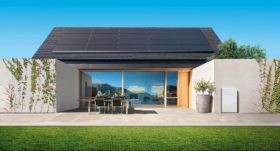



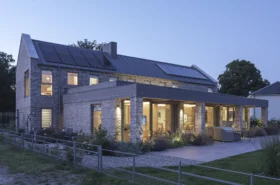

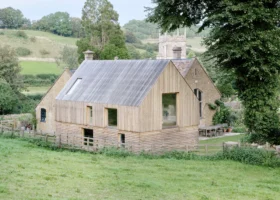
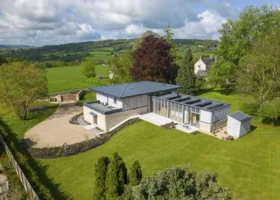
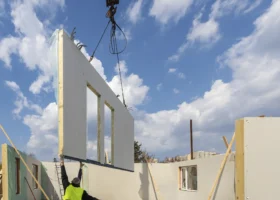
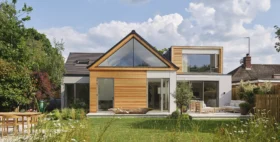

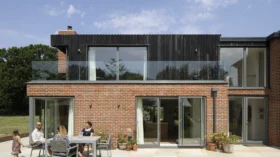





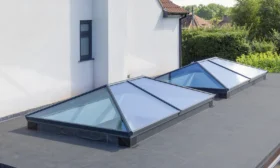
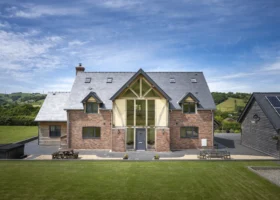
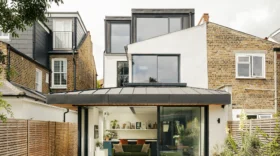
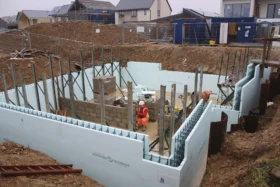

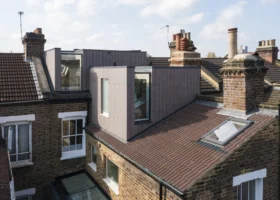
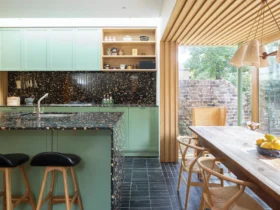
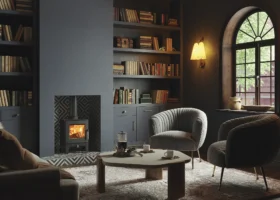

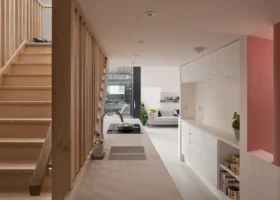
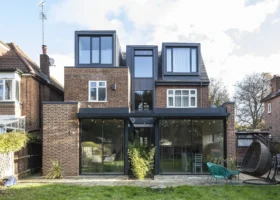
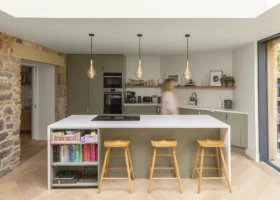
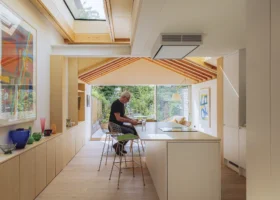
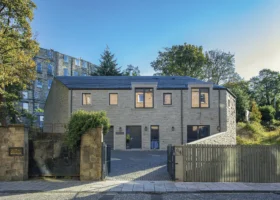
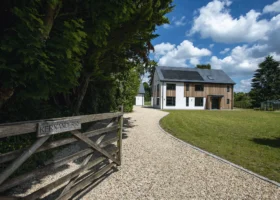


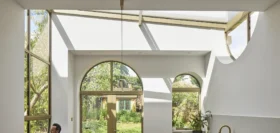
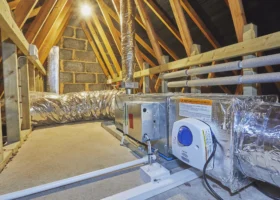
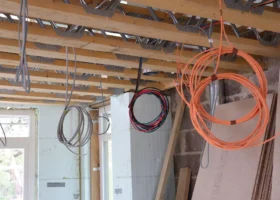
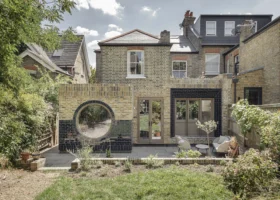
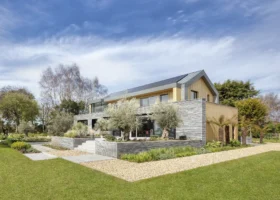
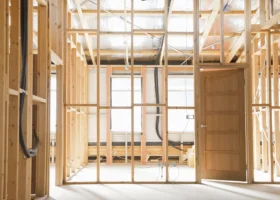
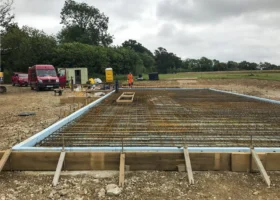


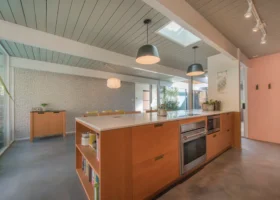

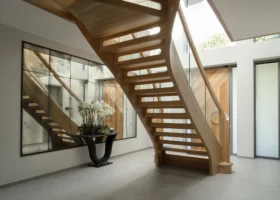
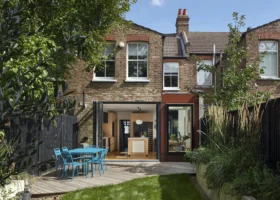


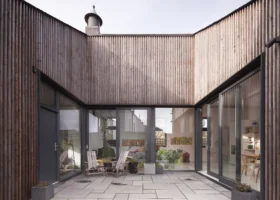
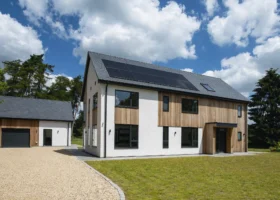
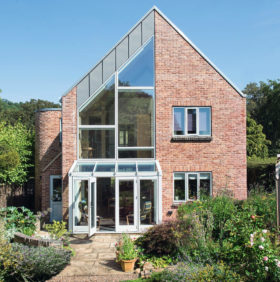




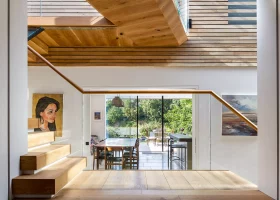
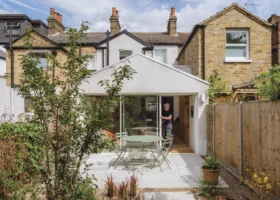

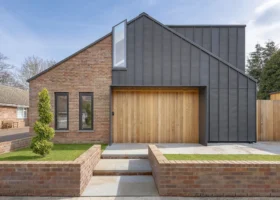

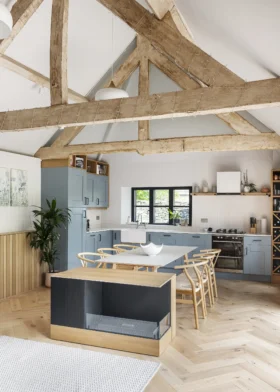


















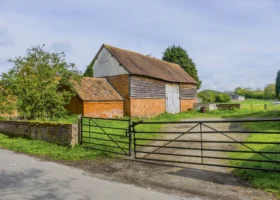
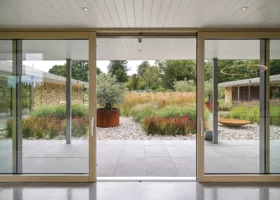














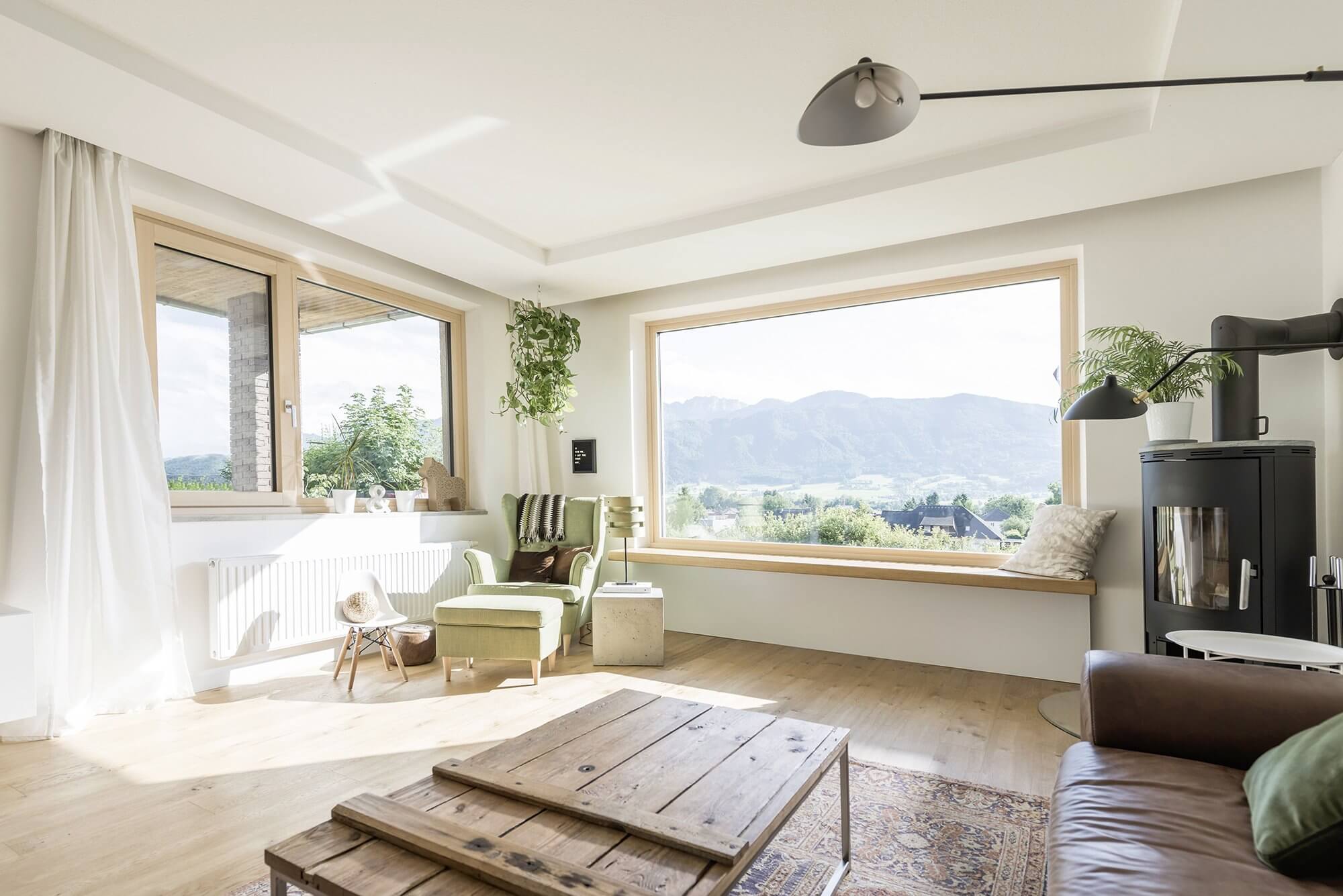
 Login/register to save Article for later
Login/register to save Article for later

